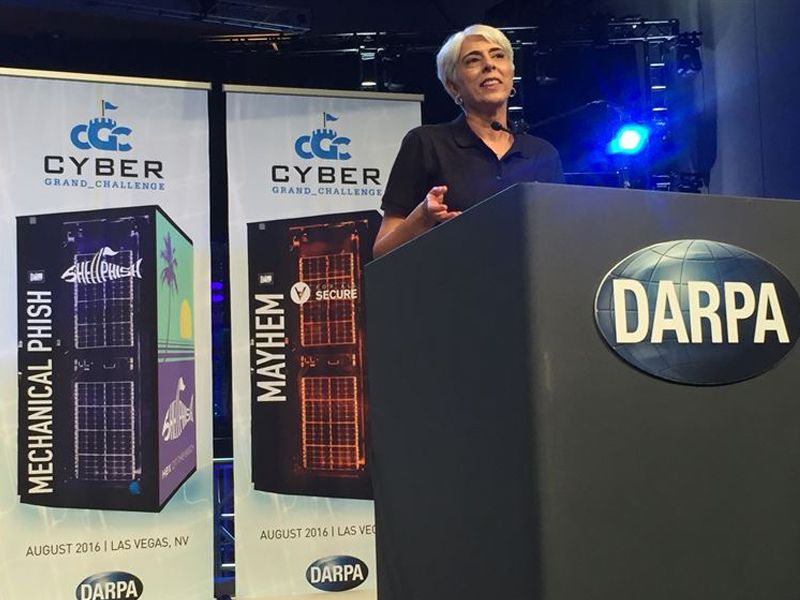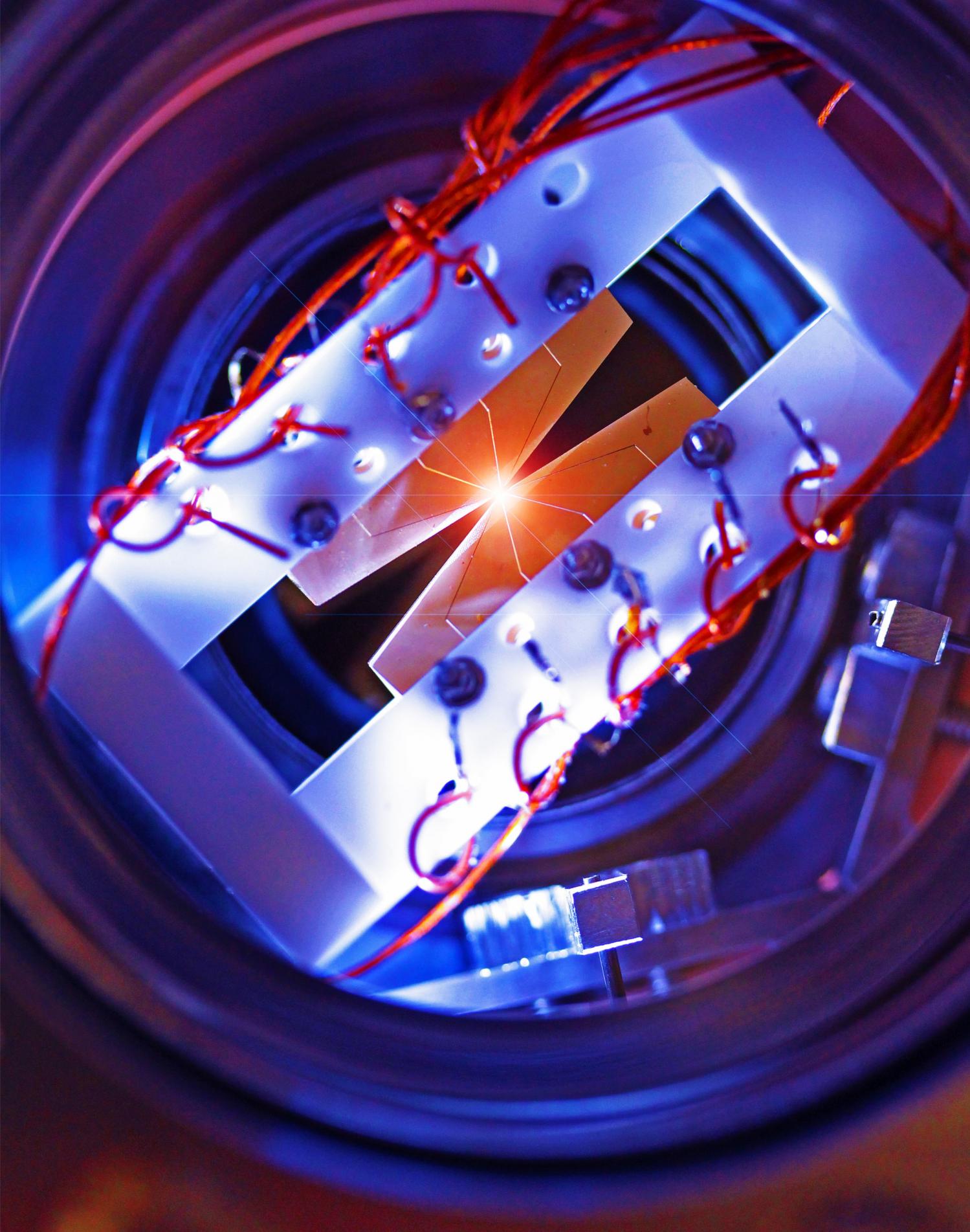Aug 17, 2016
How Today’s Jungle of Artificial Intelligence Will Spawn Sentience
Posted by Elmar Arunov in categories: computing, information science, robotics/AI, transportation
From time to time, the Singularity Hub editorial team unearths a gem from the archives and wants to share it all over again. It’s usually a piece that was popular back then and we think is still relevant now. This is one of those articles. It was originally published August 10, 2010. We hope you enjoy it!
You don’t have a flying car, jetpack, or ray gun, but this is still the future. How do I know? Because we’re all surrounded by artificial intelligence. I love when friends ask me when we’ll develop smart computers…because they’re usually holding one in their hands. Your phone calls are routed with artificial intelligence.
Every time you use a search engine you’re taking advantage of data collected by ‘smart’ algorithms. When you call the bank and talk to an automated voice you are probably talking to an AI…just a very annoying one. Our world is full of these limited AI programs which we classify as “weak” or “narrow” or “applied.”
Continue reading “How Today’s Jungle of Artificial Intelligence Will Spawn Sentience” »















